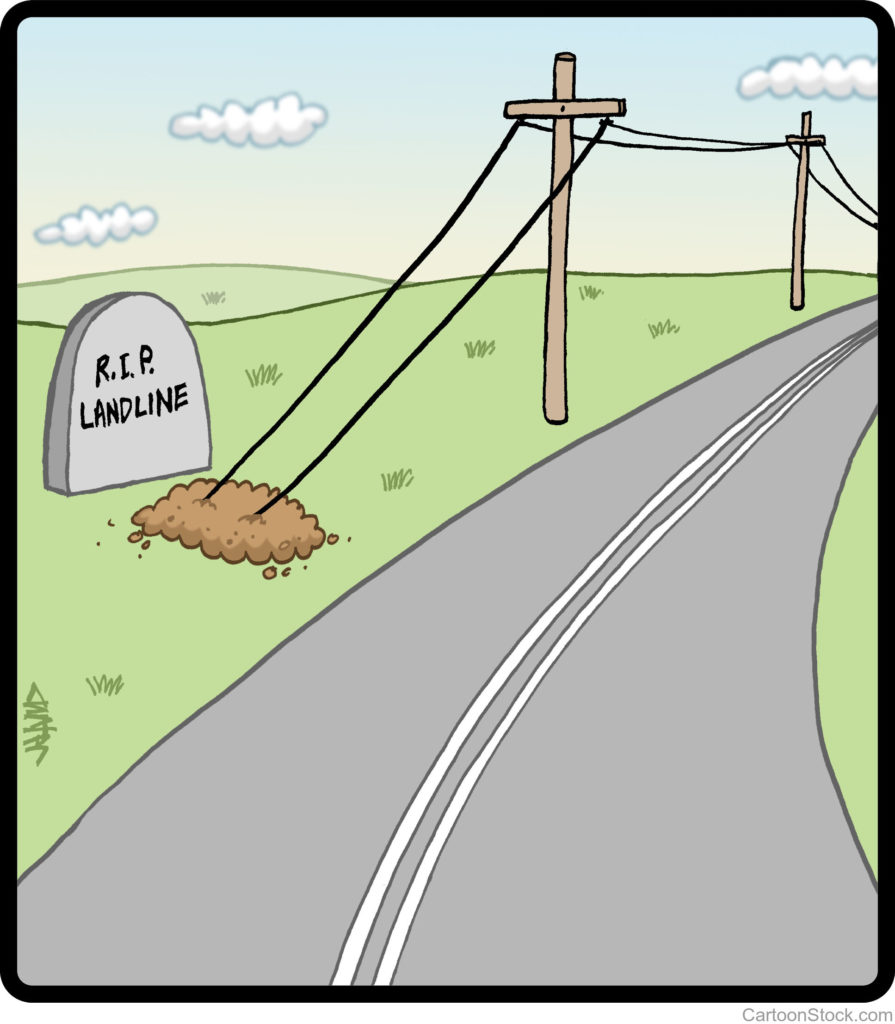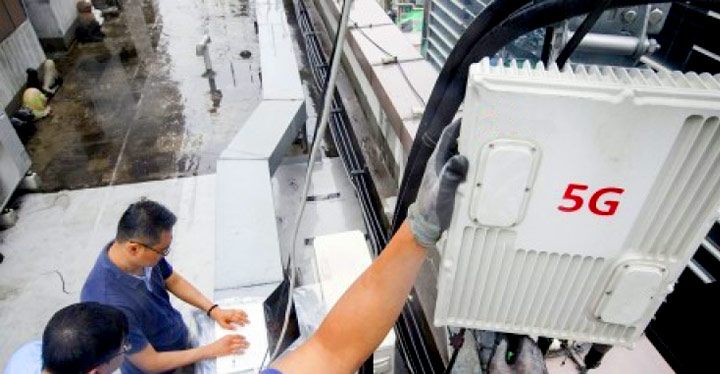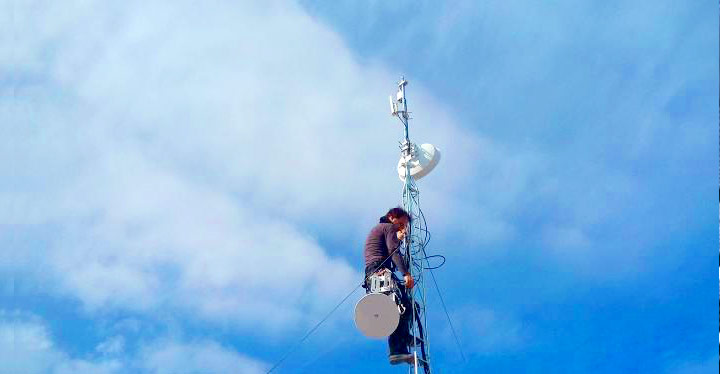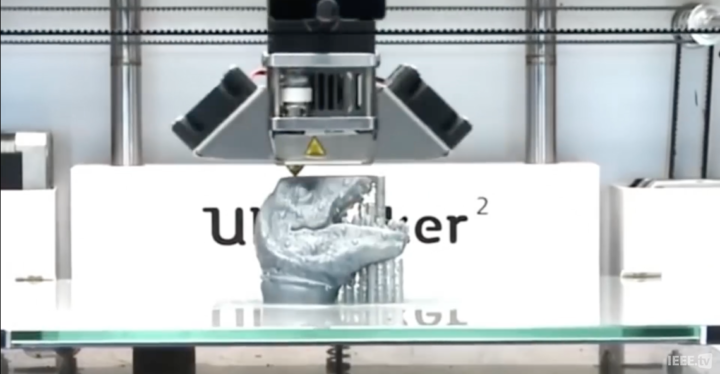March 2018 | Volume 8, Issue 1 | 5G & 802.11 |
5G and IEEE 802.11
Adrian Stephens discusses the emergence of 5G in the context of the existing standard IEEE 802.11.
Featured Articles

Letter from the Editor
Oh Gee, 5G?
These days everyone is talking about 5G: 5G phones, 5G networks, 5G appliances, and even 5G-ready vehicular networks. So what is 5G? What is going to happen to my (flip) phone? My wireless router at home or an access point at my (small) office? My all-new electric car? Do I have to buy a whole new set of devices for my car, office, and home? Will my phone continue to work at Starbucks and at the airport with free Wi-Fi? Are there new standards coming up for these gadgets to work on the old and the new networks?
Even if you are a casual user of the internet looking for advances in communication technology, you will come across an alphabet soup (and numbers) with acronyms such as ITU-R, 802.11, 3GPP, IoT, .ad, and .ah. What about all the other TLAs (three-letter acronyms) I keep reading about in technical journals, magazines, and sometimes even the business media?
Well, you don’t have to wonder anymore, nor do you have to wander very far. Adrian Stephens is a member of the Standards Education Committee (SEC) and the Editorial Board of this eZine. He is also very active in the wireless standards development community. In fact, he chairs the IEEE 802.11 working group. So, you are going to hear about these topics straight from the horse’s mouth—literally!
(more…)
Funny Pages: R.I.P Landline

Call For Contributors
The IEEE Standards Education eZine Editorial Board invites contributions from industry practitioners, educators and students on topics related to education about technical standards. Interested parties may submit an inquiry or article abstract for consideration to the Editorial Board at any time throughout the year via email to: ezine-eb@listserv.ieee.org. Abstracts should be no longer than 500 words and final articles should be no more than 2,000 words.
Particular areas of interest include, but are not limited to:
- impact and development of standards in various regions of the world;
- reliance by employers on complying with standards for introducing their products to the marketplace
- best practices and ideas for incorporating standards into the classroom and curricula
Interested in contributing an article? Please make note of these important dates.
2nd Quarter 2018 issue theme: Use of Technology and Standards in Natural Disasters- Articles due: Sunday, 15 April 2018








